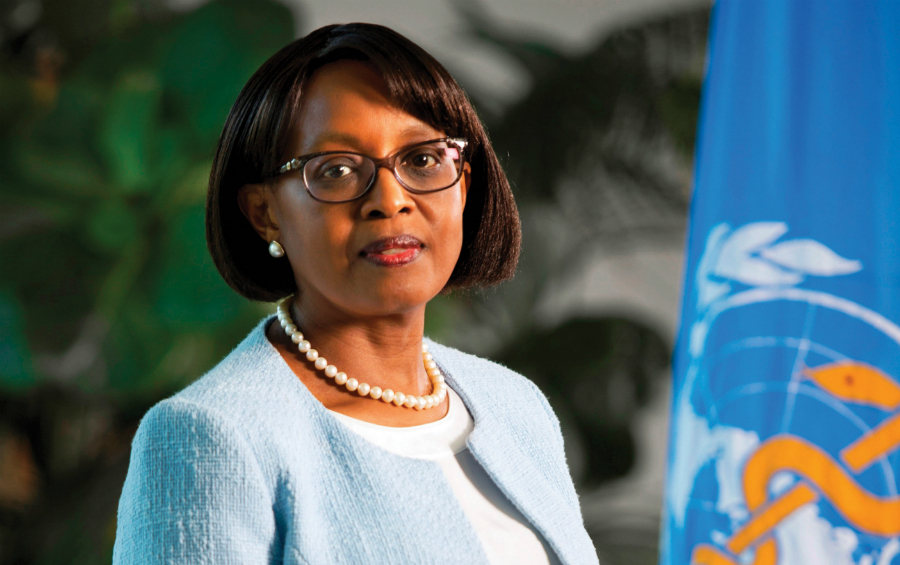The World Health Organisation (WHO) is calling for emergency support to address drought and hunger in Africa.
According to the international health body, close to 130,000 people are staring at death due to hunger in the Horn of Africa.
Liesbeth Aelbrecht, a food Insecurity Consultant at the WHO said the situation is worsening daily in the region’s seven countries including Kenya and Uganda.
Furthermore, Aelbrecht explained that the world last saw a similar situation more than two decades ago.
Besides Kenya and Uganda, other notable countries battling the food crisis include Djibouti, Ethiopia, Somalia, South Sudan, and Sudan.
“Life-threatening hunger caused by climate shocks, violent insecurity and disease in the Horn of Africa, has left nearly 130,000 people “looking death in the eyes” and nearly 50 million facing crisis levels of food insecurity, WHO said.
Emergency response to Hunger in Africa
For an emergency response, WHO says it needs at least $179 million to tackle the looming crisis in the seven states.
In addition, the UN says that the African continent contributes 2-3% of total global emissions that cause with Climate Change, yet the continent suffers the heaviest impacts of the Climate Crisis.
The Horn of Africa is experiencing devastating weather conditions and the hottest temperatures since satellite record-keeping began.
Needs in the Arid and Semi-Arid Lands (ASALs) of Kenya continue to rise as the region faces its fifth consecutive below-average rainy season from October last year.
Humanitarian bodies estimate that there will be 6.4 million people in June in need of humanitarian assistance in the ASALs region of Kenya.
Besides, the greater Horn region is grappling with outbreaks of hepatitis, meningitis, and dengue.
“The frequency of these disease outbreaks is directly linked to these extreme weather events and climate change,” the WHO officer said.
“I’ve been working on and off in this region for almost 25 years now – and in terms of accumulated emergencies, this is bad as I’ve ever seen it.”
Global efforts to address hunger in Africa
The report came against the backdrop of climate change and COP27 declarations/agreements last year.
Noteworthy, the UN Secretary-General Antonio Guterres unveiled a $3.1 billion plan to ensure everyone on the planet benefits from early warning systems in the next five years.
The final agreement highlighted that “$4 to $6 trillion a year needs to be invested in renewable energy until 2030 – including investments in technology and infrastructure – to allow the world to reach net-zero emissions by 2050.”
An array of states, regional governments, and development agencies pledged $230 million to the Adaptation Fund to help vulnerable communities around the world adapt to climate change.
Adapting to the climate crisis will require everything from building seawalls to creating drought-resistant crops, a project that could cost developing countries anywhere from $160-$340 billion annually by 2030.
That number could swell to as much as $565 billion by 2050 if climate change accelerates, according to the UN Environment Programme’s (UNEP’s) 2022Adaptation Gap Report.


